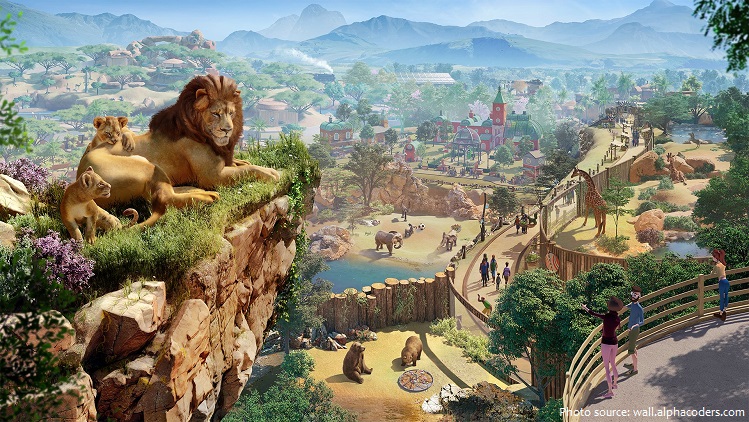
Zoos also called zoological gardens or zoological parks are places where wild animals are kept for public display.
Most long-established zoos exhibit general collections of animals, but some formed more recently specialize in particular groups — e.g., primates, big cats, tropical birds, or waterfowl. Marine invertebrates, fishes, and marine mammals are often kept in separate establishments known as aquariums.
The term “zoological garden” refers to zoology, the study of animals. The term is derived from the Greek ζώον, zoon, ‘animal’, and the suffix -λογία, –logia, ‘study of’. The abbreviation “zoo” was first used of the London Zoological Gardens, which was opened for scientific study in 1828 and to the public in 1847.
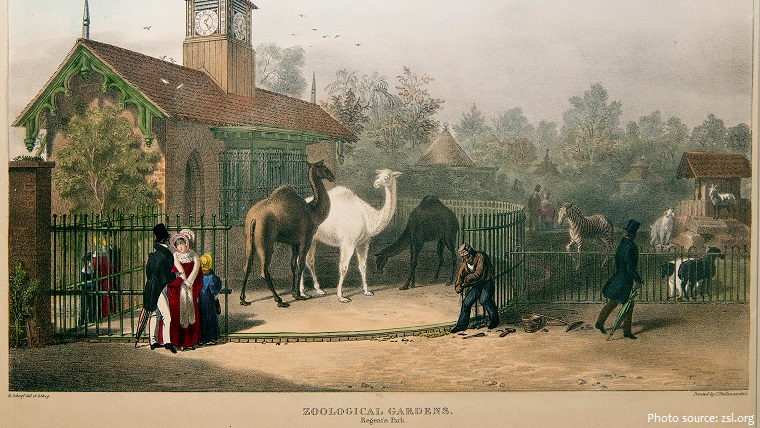
Relatively new terms for zoos in the late 20th century are “conservation park” or “bio park”. Adopting a new name is a strategy used by some zoo professionals to distance their institutions from the stereotypical and nowadays criticized zoo concept of the 19th century. The term “bio park” was first coined and developed by the National Zoo in Washington D.C. in the late 1980s. In 1993, the New York Zoological Society changed its name to the Wildlife Conservation Society and re branded the zoos under its jurisdiction as “wildlife conservation parks”.
The predecessor of the zoological garden is the menagerie, which has a long history from the ancient world to modern times. The oldest known zoological collection was revealed during excavations at Hierakonpolis, Egypt in 2009, of a ca. 3500 BC menagerie. The exotic animals included hippopotami, hartebeest, elephants, baboons and wildcats.
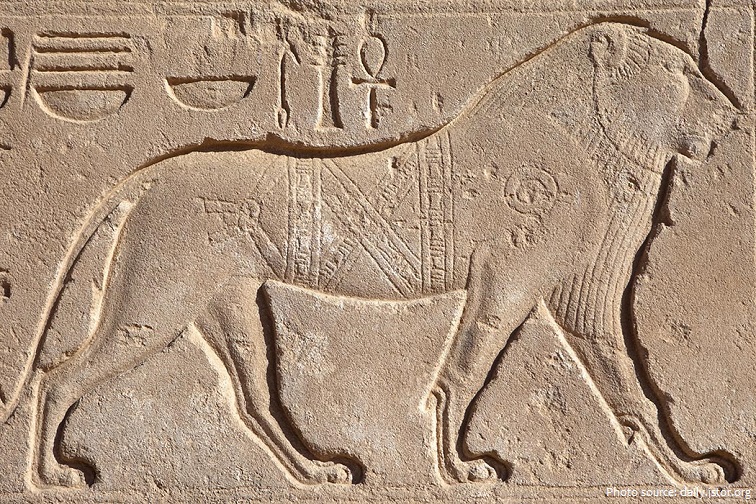
With the advent of the Pax Romana and the Holy Roman Empire, exotic animals found their ways into the imperial collection through gifts from diplomatic envoys. In the 8th century, Emperor Charlemagne received gifts from the monarchs of Africa and Asia in the form of exotic animals, such as elephants.
Henry I of England kept a collection of animals at his palace in Woodstock which reportedly included lions, leopards, and camels. The most prominent collection in medieval England was in the Tower of London, created as early as 1204 by King John I.
Aztec emperor Moctezuma had in his capital city of Tenochtitlan a “house of animals” with a large collection of birds, mammals and reptiles in a garden tended by more than 600 employees. The garden was described by several Spanish conquerors, including Hernán Cortés in 1520.rs.

The model of the modern, public zoo became popular in 18th century, during the Age of Enlightenment. The Age of Enlightenment was a period in European history when science, reason, and logic were promoted as ideals of society and government. The scientific focus of the Age of Enlightenment extended to zoology.
The first modern zoo, built in 1793, opened in Paris, France. The menageries of French aristrocrats, including the king and queen, were taken by leaders of the French Revolution and relocated to the Ménagerie du Jardin des Plantes. The facility is still a busy and popular zoo in downtown Paris.
The modern zoo that emerged in the 19th century in the United Kingdom, was focused on providing scientific study and later educational exhibits to the public for entertainment and inspiration.
Dublin Zoo was opened in 1831 by members of the medical profession interested in studying animals while they were alive and more particularly getting hold of them when they were dead.
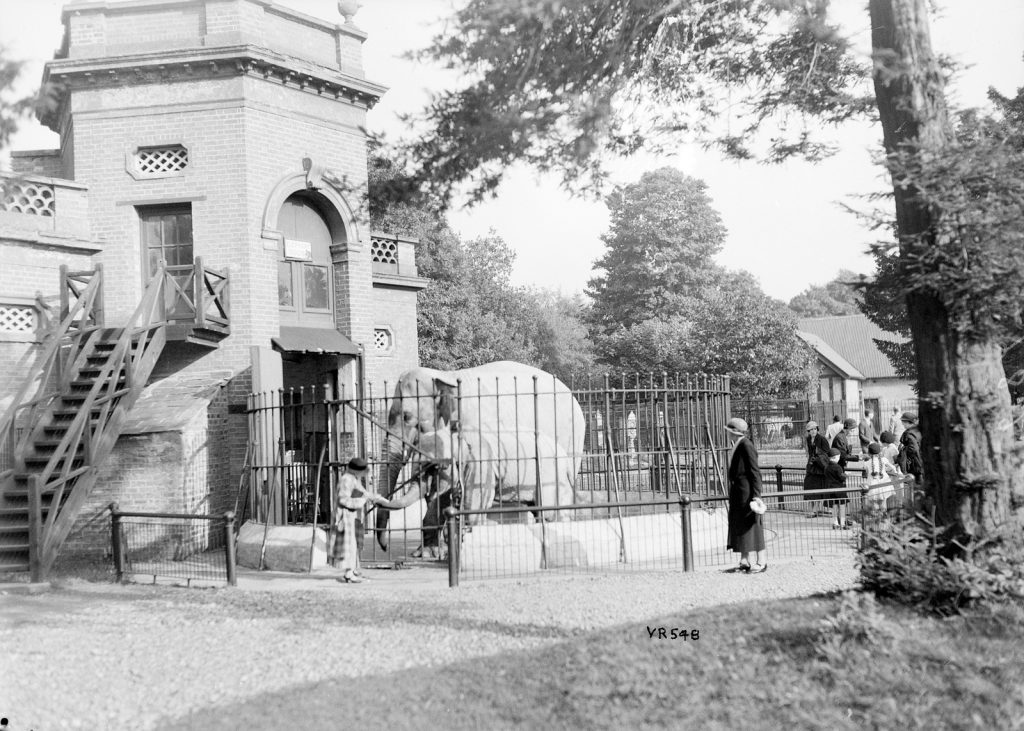
The first zoological garden in Australia was Melbourne Zoo in 1860.
In the United States, the Philadelphia Zoo, opened July 1, 1874, earning its motto “America’s First Zoo.” The Lincoln Park Zoological Gardens in Chicago and the Cincinnati Zoo opened in 1875. In the 1930s, federal relief programs provided financial aid to most local zoos.
Japan’s first modern zoo, Tokyo’s Ueno Imperial Zoological Gardens, opened in 1882 based on European models.
London Zoo was the first zoo in the world to contain a specific children’s zoo. This was officially opened in 1938 by six-year-old Teddy Kennedy – later Senator Edward Kennedy of the USA.
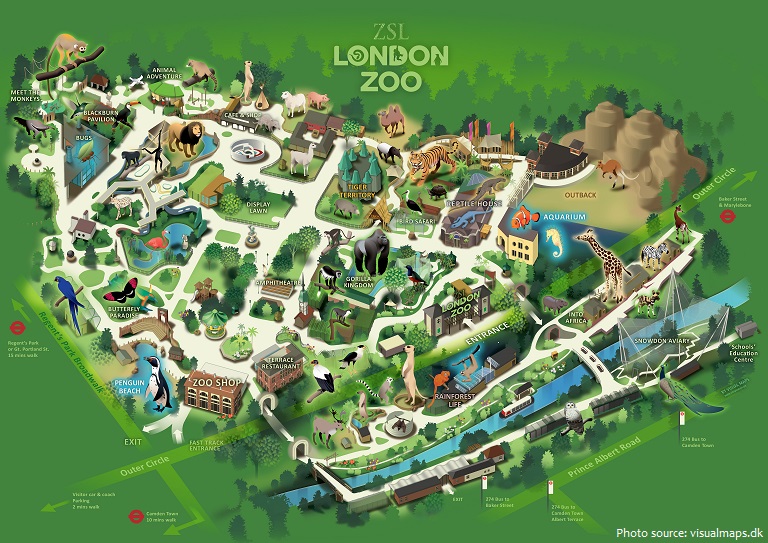
Since the end of World War II there has been a rapid and worldwide proliferation of zoos, many of which have as their aim not the study of animals but public entertainment and commercial gain.
The total number of animal collections open to the public in the world today is not accurately known but exceeds 1,000.
Currently the world’s largest zoo in terms of number of species in residence is Moscow Zoo (Moskovsky Zoo-park) in Russia. The 21.4-hectare (53-acre) site, which includes numerous bespoke enclosures and open paddocks, an aquarium and an aviary, houses more than 24,500 individual animals representing 1,226 different species, as of 1 November 2020.

The world’s largest open-range zoo is Monarto Zoological Park (aka Monarto Zoo), whose total area spans more than 1,500 hectares. It is located in Monarto, approximately 70 km from the centre of South Australia’s capital city, Adelaide, and is administered by the Zoological Society of South Australia. It contains several major habitat zones, including African plains, North African arid terrain, Asian grasslands, and Asian steppes, but is also heavily involved in conservation projects for many endangered native Australian species. It was created in 1983, and formally opened to the public in October 1993.
The San Diego Zoo, in southern California, is the largest zoo in the United States. It is a suburban zoo that houses more than 4,000 animals (800 different species) in its 0.4 square kilometers (100 acres). Landscape immersion divides animals into their natural habitats, such as the tundra (with reindeer and polar bears) or bamboo forest (featuring pandas.) The San Diego Zoo also includes a wild animal park, which is even more expansive (almost 8 square kilometers or 2,000 acres.)
Opened on 18 June 1994, Polar Park Arctic Wildlife Centre in Bardu municipality, Troms, Norway, is the most northerly zoo or wildlife park. It is located at a latitude of 68º69’N.
In the United States alone, zoos are visited by over 181 million people annually.
